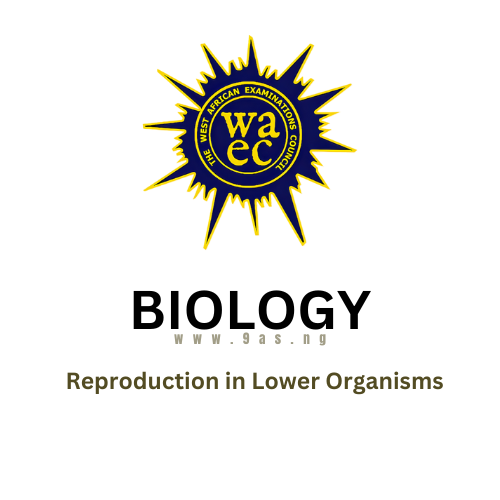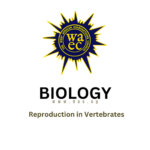OBJECTIVES
1. During sexual reproduction in Paramecium, how many times does the zygote divide to produce eight nuclei?
A. 1. B. 2. C. 3.D. 4.
2. The dominant stage in the life cycle of a fern is the
A. antheridium: B. gametophyte. C. prothalfus. D. sporophyte.
3. Some animals return to water bodies to reproduce because
A. natural enemies destroy their eggs on land. B. water nourishes their embryos and their young ones. C. they are close to their ancestors and imitate them D. the temperature on land is not suitable for the development of their embryos.
4. Which of the following methods of reproduction is common to Paramecium and Amoeba?
A. Conjugation. B. Sexual reproduction. C. Binary fission. D. Budding.
5. Which of the following organisms is viviparous?
A. Tapeworm. B. Snail. C. Sheep. D. Grasshopper.
6. Which of the following organisms lacks a reproductive organ?
A. Chlamydomonas. B. Toad. C. Pride of barbados. D. Cockroach.
Use the information on the stages involved in conjugation to answer questions 7 and 8.
I.Transfer of one cell content into the adjacent cell II. Formation of a conjugation tube III. Secretion of thick. wall to form a zygospore IV. Formation of a protuberance V. Germination of a filament.
7. Which of the following organisms exhibits the stages listed above during conjugation?
A. Chlamydomonas. B. Euglena. C. Spirogyra. D. Volvox.
8. Which of the following arrangements is the correct sequence of the process?
A. A. II, I, IV, V and III. B. IV, II, I, III and V. C. IV, I, li, V and HI. D. V, II, III, IV and I.
9. When the zygote of an organism continues to grow, it produces new cells by
A. meiosis. B. crossing-over. C. gestation. D. mitosis.
10. How many conjugants are involved in sexual reproduction of paramecium?
A. 1. B. 2. C. 4. D. 8.
THEORY
- Explain briefly sexual reproduction in Rhizopus.



